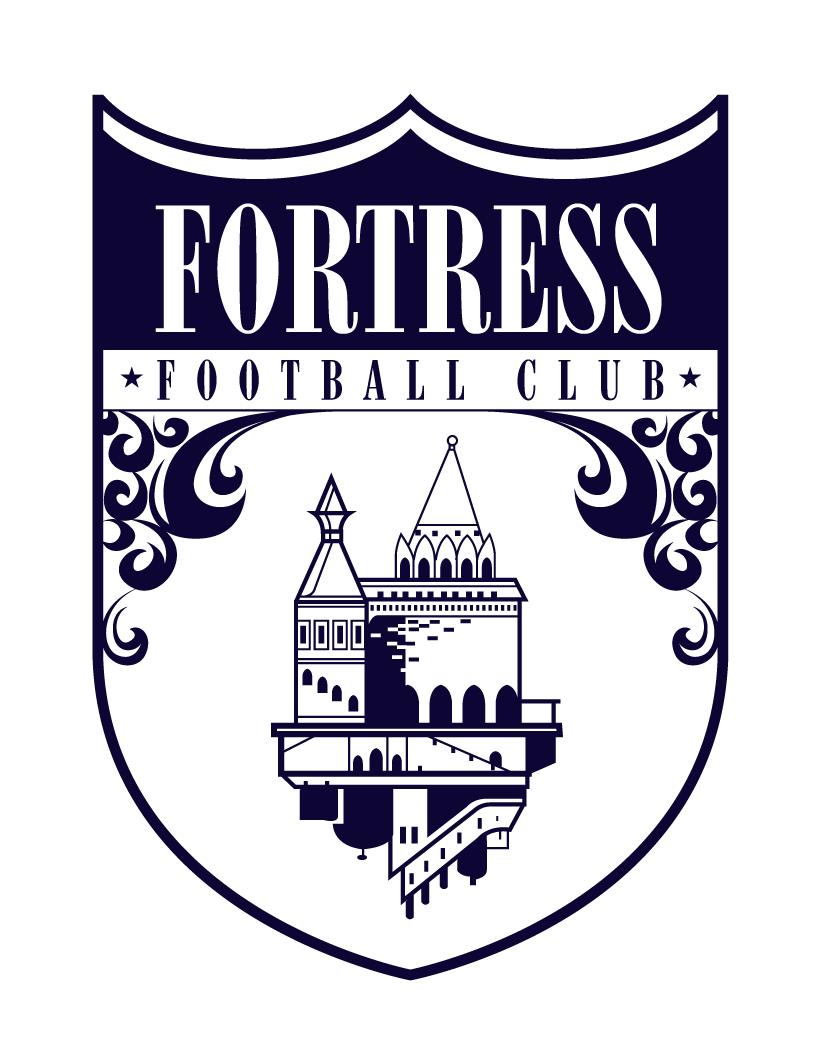Transitions
In positional play, we learn tactically how to move the defense around and exploit our opponent’s disorganization. Every player on the field needs to be focused, following what’s happening on and off the ball as well as making sure they are taking care of their assignments. This lines up with the thought of having cues, responses to these cues, and rewards that happen because of this (what I emphasized last week).
For this sequence of cue, response, reward, to happen we must be highly organized. To be highly organized, we unfold the next layer of positional play. The field goes from being one giant space to divided into 10 separate sections vertically up and down the field and one horizontally across the center line:
The circles with numbers on them represent players on our team. Each number denotes a position on the field. They are marked below:
1 = Goalkeeper
2 = Right Back
3 = Left Back
5 = Center Back
6 = Pivota/Defensive Midfielder
7 = Right Winger
9 = Center Forward
10 = Attacking Midfielder
11 = Left Winger
Did you notice on the graphic above that no area is occupied by more than two players (exception of the GK)? Each area should be occupied by no more than two players when we are on offense and most of the time when we are on defense. The exception to the latter is when we lose the ball and immediately want to win the ball back. You may see 3 or 4 of our players commit to the ball for three to five seconds. This is to see if we can win the ball back quickly and retain possession to once again organize and attack. If we don’t win it back in three to five seconds, two or three players drop off while one still tries to win the ball back and we organize again quickly.
This is not the full arc of what we want while in positional play but a step towards players learning positions, where their teammates should be and when, and how to temporarily switch positions to cover space when defending. We DO NOT defend one man during the game, i.e if I play Right Back (2) I automatically guard their Left Winger (11). Rather, we learn to defend space. When an opponent approaches our space with the ball, we step and defend. Our teammates cover the space around and behind us. It’s vital we constantly communicate and know where to move and when to move. Our eyes should be constantly scanning and checking the field around us. For a good example of this, watch Manchester City play this season. Every player is constantly looking at the field around them and communicating with each other.
On attack, we want to spread out to occupy more space on the field and to give our teammate on the ball space to create. We need to be available and move into good passing lanes for our teammate with the ball. When our teammate dribbles the ball into our space, it’s vital to know our responsibility in the moment. This is part of the cueing sequence. We must make a decision to drop off into space to support, make a run forward to become an option or take away the defender, or make a diagonal run toward goal. All of these decisions on the field move our opponents around. Timing and choice then becomes important. This is why we play rondo games at every practice. We learn how to make choices under pressure and find the man with the most amount of time.
Our formation, as you may have seen from above, is a 3-2-3 (3 defenders, 2 midfielders, 3 attackers). However, this is only how we line up defensively. When we transition to a more offensive position, our pivota (6) moves into an additional attacking midfielder, our center back (5) steps up into the pivota role, and our goalkeeper (1) pushes up near the midfield line. Yes, our goalie moves up near the midfield line when we are attacking in our opponent’s half. This gives us another option, a sweeper keeper that must be as good with his feet as the rest of our teammates. This serves as another field player to help us outnumber our opponents in the back. Our attacking formation then is a 2, 3, 3 (2 defenders, 3 midfielders, 3 attackers)
To illustrate this, double click or press play on the video below. You will see us transition from a goal kick all the way to scoring a goal on our opponent.
Nothing about our style of play is static. I told you from day one we have 11 defenders and 11 attackers (9 at this age). The goalie is the first attacker and the last defender. The forwards/strikers are the first defenders and the last attackers.
This transition from a 3-2-3 to a 2-3-3 will need to be practiced consistently throughout the season. We begin this evening.

